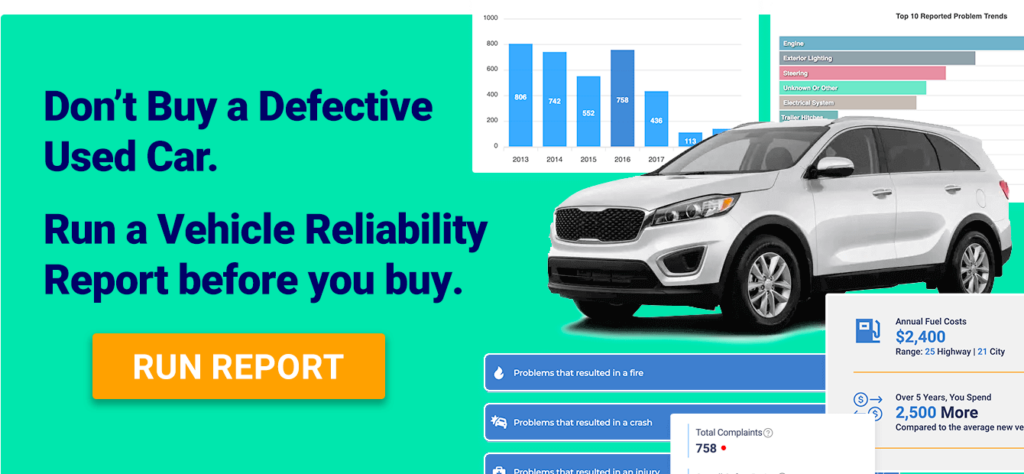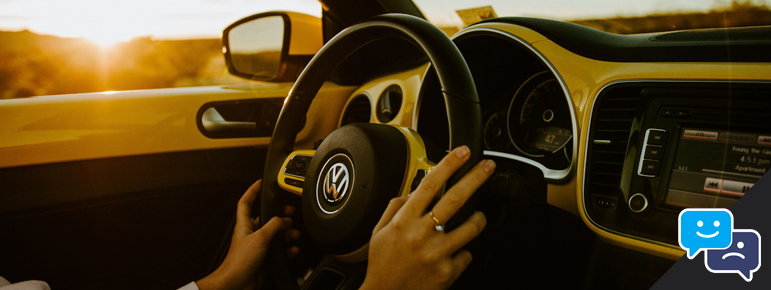Last Updated on April 4, 2024
The process of shopping for a used car can be stressful, from narrowing down makes and models, talking to dealerships, to making sure you are actually buying a decent car. With that in mind, let’s go over one of the most critical aspects of used car shopping: The test drive.
It’s important to test drive a used car properly before you buy. You need to make sure the car is in good mechanical condition. Does the drivers seat feel comfortable, or are you constantly adjusting the seat. Take your time behind the wheel and listen for any odd noises such as squeaks, rattles or creaks.
There are several things to consider when test driving a used car, and we’ll go over each of them. Let’s dive into the details!
Can You Test Drive a Used Car?
In short, yes you can, assuming you are looking at a running and driving vehicle. You do not need to get pre-approval for financing, or show up with the cash payment for a vehicle in order to take a test drive.
In fact, many dealers are happy to let potential customers take their cars out for a spin before having you come back to talk to them more about what you want, can afford, etc.
What is Required to Test Drive a Used Car?
You need to have a valid driver’s license and proof of car insurance to go on a test drive. These are usually the only requirements car dealerships will have; note that private sales are up to the discretion of the owner selling the vehicle.
Be cautious if you plan to meet a private seller; meet in a public place, such as a police station or bank, to avoid scams or even dangerous situations.
What to Look for When Test Driving a Used Car
While certain cars have unique issues to watch out for, there are some general tips you can use when taking a test drive.
Exterior
Before you ever get in the car, look at it from the outside. Stand a few feet back. Does the car look aligned properly? Do the body panels match in color? If the car looks like parts are protruding where they should not be, or indented, this is a sign of a prior accident. Different colored panels can also be a sign of an accident; they might have been repainted or even replaced.
How’s the overall finish of the car, is there any signs of clear coat fade or peeling paint?
Engine
Be sure to pop the hood and inspect all the fluids, including engine oil, coolant, and brake fluid. Engine oil should have a somewhat brown tone, but should not be black. If there is any sludge or buildup present, walk away right then; it is a sure sign the car has not been properly cared for and likely has many more hidden issues.
Interior
Finally, when you get in the car, start it up and pay attention to the dash. Did all the lights briefly illuminate? If the check engine light did not briefly flash on when you start the car, it means it has been disabled, and the seller might be hiding engine fault codes. On the other hand, if the check engine light is on steady, this means there is an active problem.
Turn on the air conditioning and take note of how quickly it cools down the cabin. Also, listen for any squeaking or grinding noises when turning the A/C on. If you hear any odd noises, then the A/C might need a belt replacement, or the unit itself is going bad.
Listen for any Unusual Noises
When driving, pay attention to any unusual sounds. Any grinding, squealing, squeaking, hissing, etc? Does the car drive in a straight line, or does it veer off? Does the car turn well, or does it jerk and make noises upon turning? Pay attention to how the car shifts, whether it is an automatic or manual. Is it smooth? Does it jerk between gears?
How Long to Test Drive a Used Car?
Ideally, you want to drive the car at low and high speeds. Try to drive it through a neighborhood, as well as on a highway. Get a feel for how it does in the common conditions you will put it in.
This normally takes anywhere from 20 minutes to half an hour, and should be sufficient to get a feel for the car and its condition. However, don’t be shy about asking for a longer test drive. Remember, you will have this car for several years, and should feel confident about your purchase.
What Are the Best Places to Test Drive a Car?
The best places are a variety of places. You want to drive it on the streets at normal speeds, as well as on the highway. This lets you see how the car performs in each situation, and can also highlight issues that might only be present at highway speeds, for instance.
If you can, take the car on curvier roads to see how well it handles them, as well as rougher roads, which will tell you if the suspension can absorb bumps along the way.
What is the Best Time For a Test Drive?
Ideally, you want to test drive a car in the daylight, so you can easily see and inspect the interior and exterior. Avoiding rush hour is also ideal, and driving at a time of day you feel alert and ready to go for a drive.
But don’t forget to take the car for a spin at night, too. Nighttime is when you’ll really be able to see how the headlights perform, and whether or not the visibility is up to par.
Final Thoughts
Test driving a used car can be an intimidating process, but it becomes much easier when you try to do it systematically.
Inspect the exterior, under the hood, and interior of the car; then go for a drive. Pay close attention to any sounds or sensations that feel off. Even if you are not sure of the cause or whether it is normal, make note of it. This information will help you make an informed decision about whether to buy the car.
As a final step, consult with your mechanic to get their professional opinion on any potential problems with the car.
Are you feeling more confident in your ability to test drive used car after reading this post? Let us know if the comments below.


Managing Editor
Christopher is an automotive technical writer. When he’s not at the local autocross event, he can often be found working on one of his cars. Specializes in automotive class action law, industry trends, and automotive maintenance. Email me direct, or learn more about us

